Innovations often emerge from the most unlikely sources. Many groundbreaking ideas have surprising origins. These unexpected places have shaped the world we live in today. Exploring these stories reveals the creativity and ingenuity behind them.
Microwave Oven
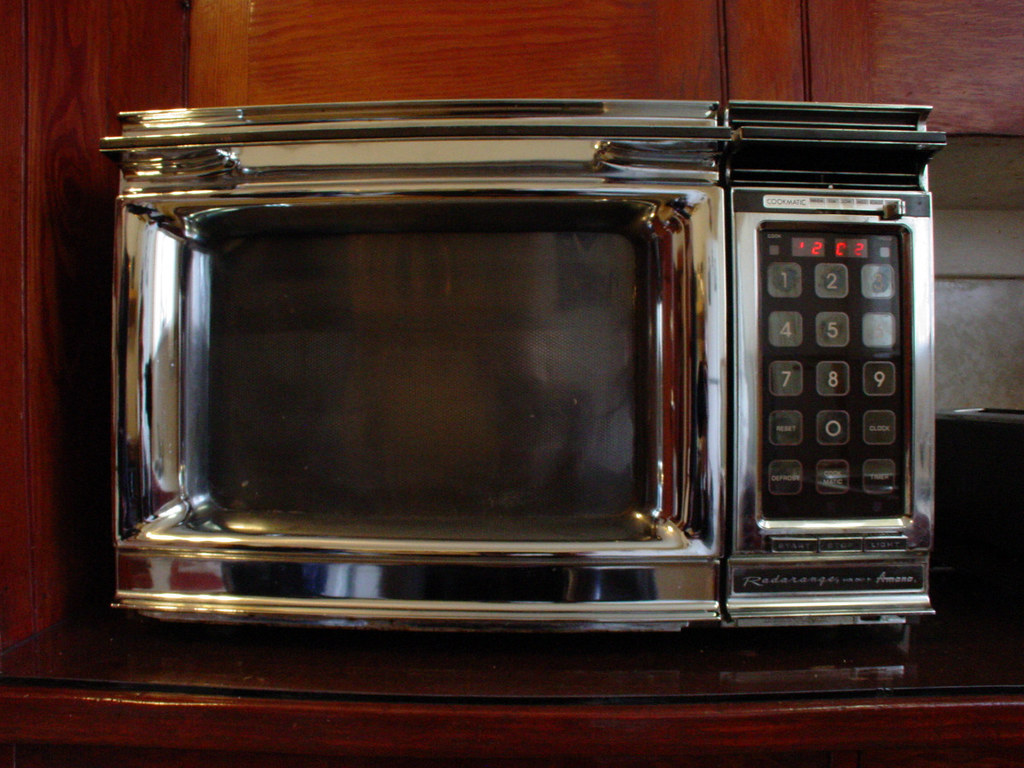
The microwave oven was invented by accident in 1945 by Percy Spencer, a self-taught engineer. He noticed a candy bar melting in his pocket while working with radar technology. This led to the development of the first microwave oven, revolutionizing cooking and food reheating. Today, microwaves save time and energy for millions of households worldwide.
Penicillin
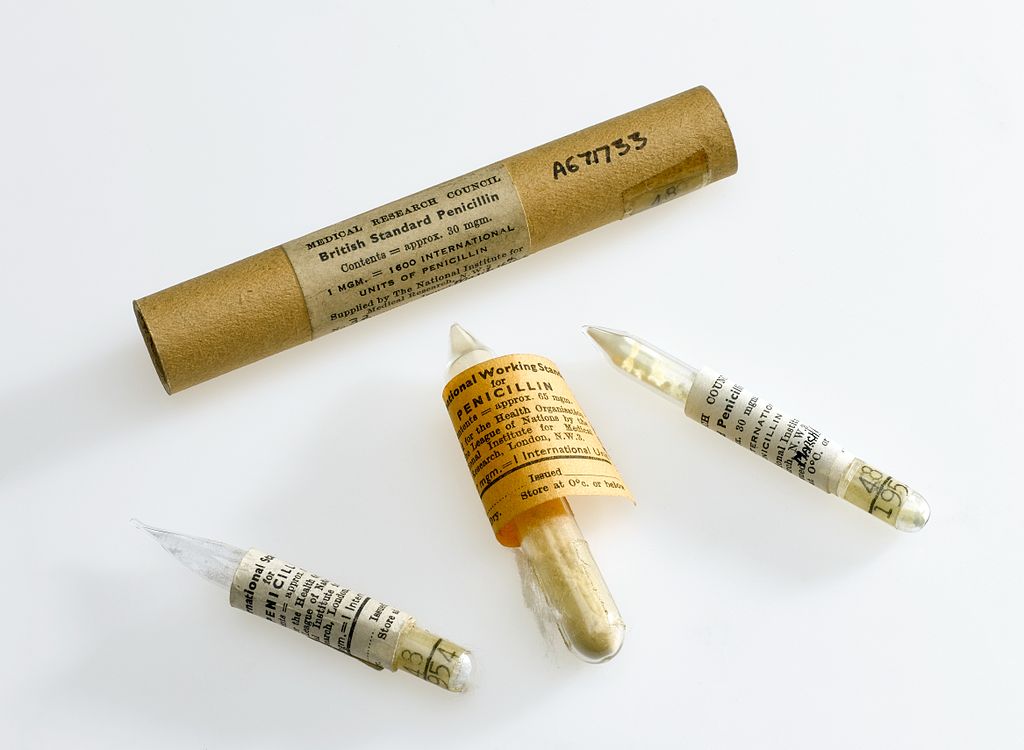
In 1928, Alexander Fleming discovered penicillin by accident when he noticed mold killing bacteria in a petri dish. This unexpected observation led to the development of antibiotics, which have saved countless lives from bacterial infections. Penicillin revolutionized medicine and remains a cornerstone in treating infections. Its discovery marked the beginning of the antibiotic era.
X-rays
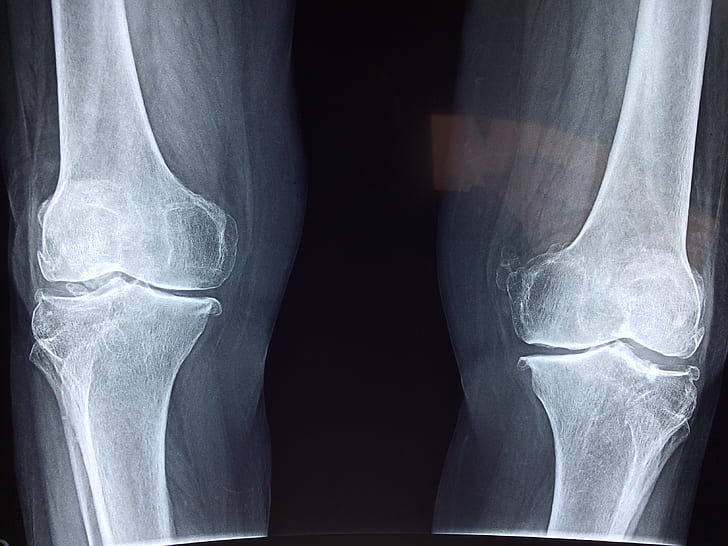
X-rays were discovered in 1895 by Wilhelm Conrad Roentgen while experimenting with cathode rays. He noticed that a fluorescent screen in his lab started to glow even though it was shielded, leading to the discovery of X-rays. This innovation allowed doctors to see inside the human body without surgery, revolutionizing medical diagnostics. X-rays are now a fundamental tool in medicine and other fields.
Cornflakes

In 1894, Dr. John Harvey Kellogg and his brother, Will Keith Kellogg, accidentally created cornflakes while trying to make granola. They left boiled wheat out and it became stale, but instead of discarding it, they rolled it into flakes and toasted it. This innovation led to the creation of a new breakfast cereal, which became immensely popular. Cornflakes are now a breakfast staple worldwide, offering a quick and convenient meal option.
Teflon
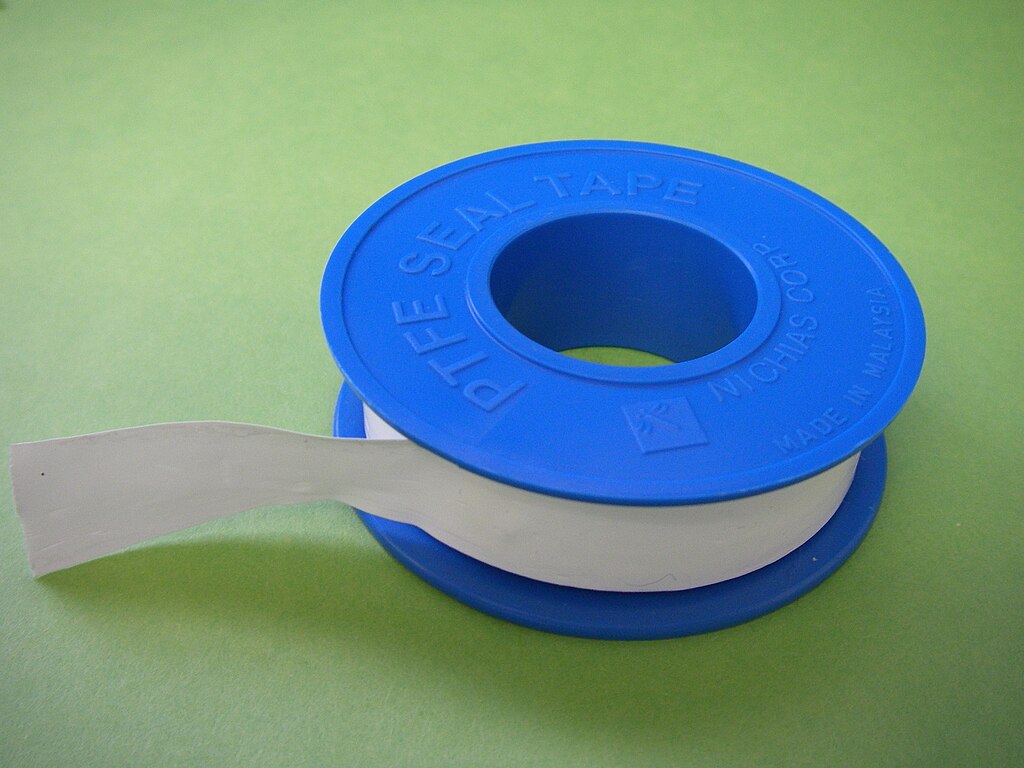
Teflon was discovered by Roy Plunkett in 1938 while he was attempting to create a new refrigerant. Instead, he found a slippery substance that resisted heat, chemicals, and electrical conductivity. This accidental discovery led to the development of non-stick cookware, transforming the way people cook and clean. Teflon’s properties also have various applications in industrial and medical fields.
Safety Glass
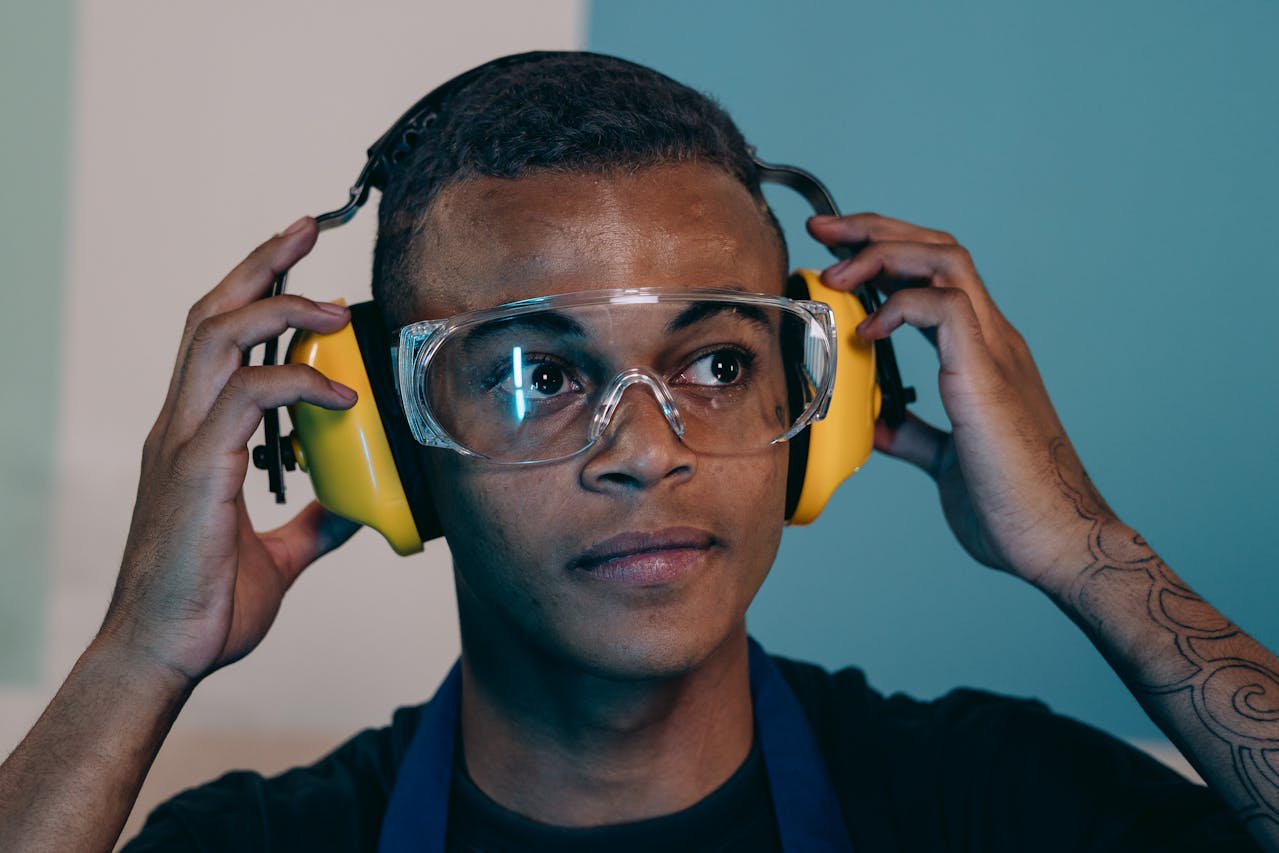
Safety glass was invented in 1903 by Edouard Benedictus, a French chemist, after he accidentally dropped a glass flask coated with plastic cellulose nitrate. The flask cracked but did not shatter, inspiring the idea of shatter-resistant glass. This innovation improved safety in automobile windshields and many other applications. Safety glass has since become crucial in reducing injuries from broken glass.
Play-Doh
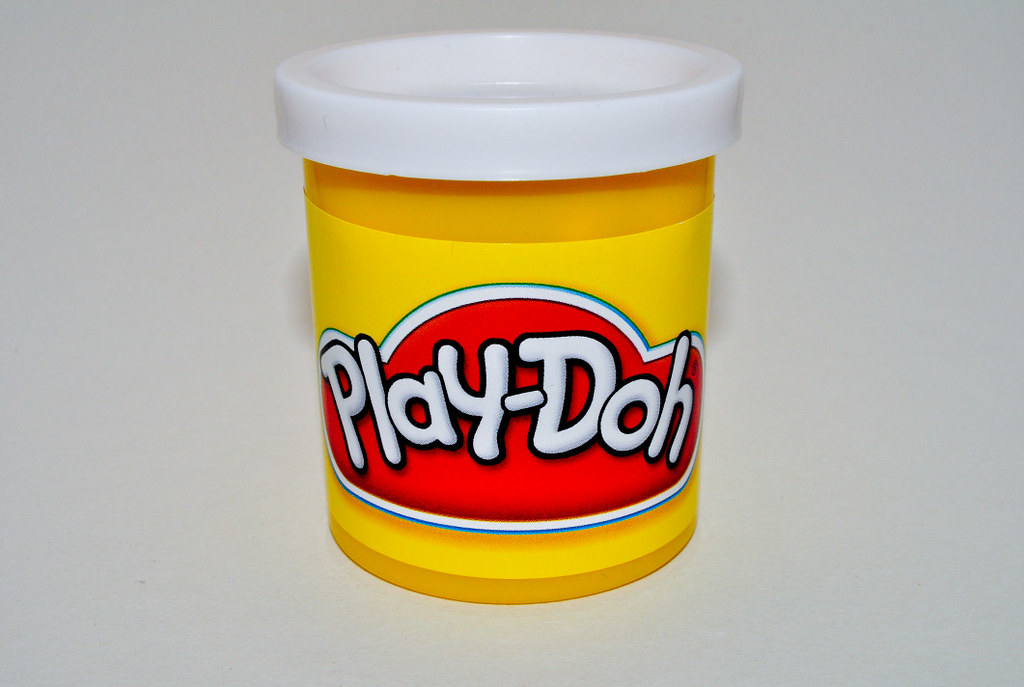
Play-Doh was originally created in the 1930s as a wallpaper cleaner by Noah McVicker and his brother Cleo. In the 1950s, it was reimagined as a children’s toy by a nursery school teacher who discovered its potential for molding and creativity. This accidental repurposing turned Play-Doh into a beloved and educational toy for children. It encourages creativity and fine motor skills development in kids.
Anesthesia
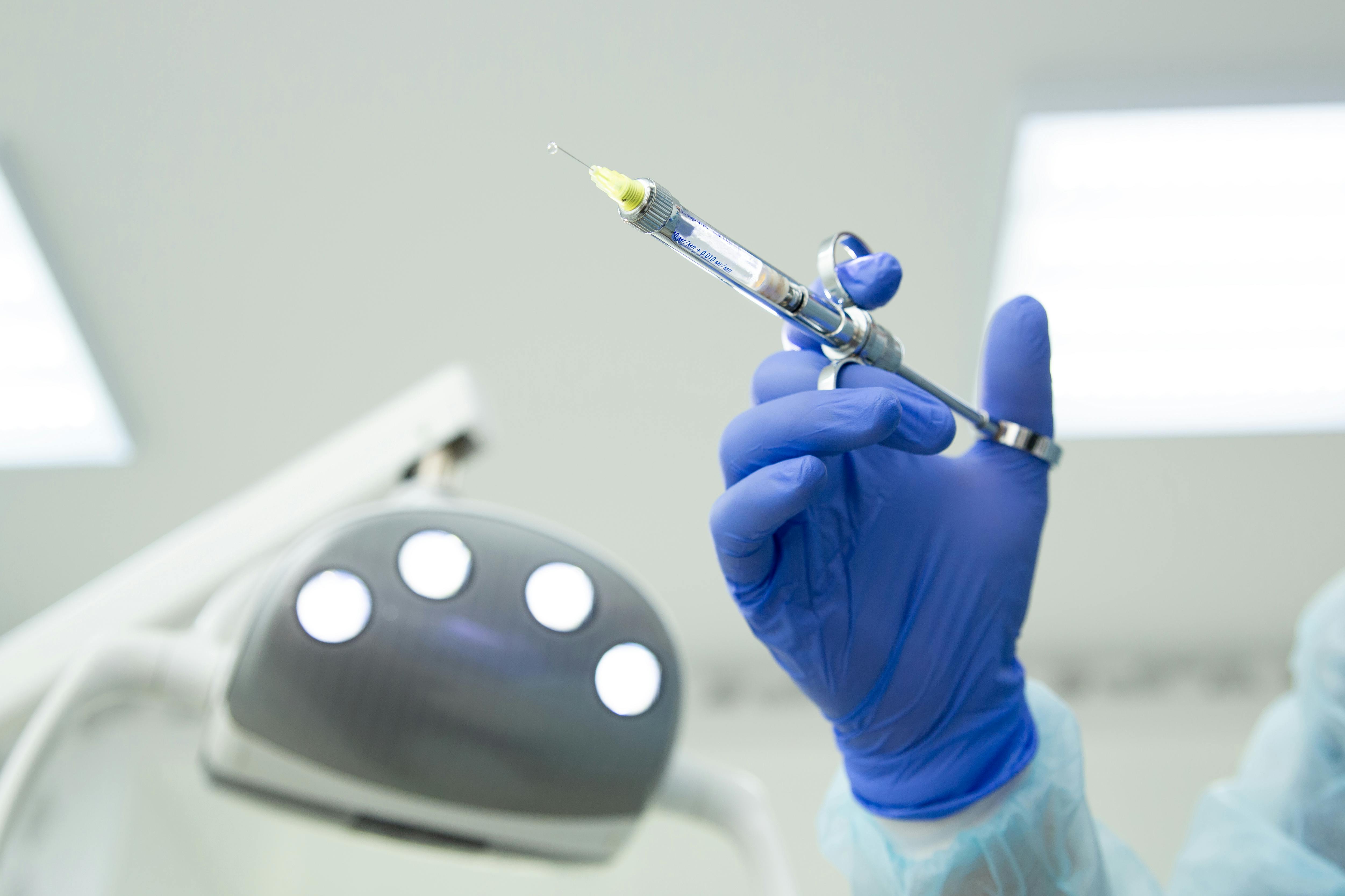
In the 1840s, dentist Horace Wells discovered anesthesia by observing nitrous oxide (“laughing gas”) being used recreationally. He noticed that people under its influence felt no pain and decided to try it for dental procedures. This innovation led to the development of modern anesthesia, revolutionizing surgery by allowing pain-free operations. Anesthesia has since become essential in medical and dental procedures.
Pacemaker

The pacemaker was invented in 1956 by engineer Wilson Greatbatch while he was working on a heart rhythm recording device. He accidentally used the wrong resistor, creating a circuit that could regulate heartbeats. This serendipitous error led to the development of the first implantable pacemaker, saving countless lives. Pacemakers are now widely used to treat heart rhythm disorders.
Super Glue
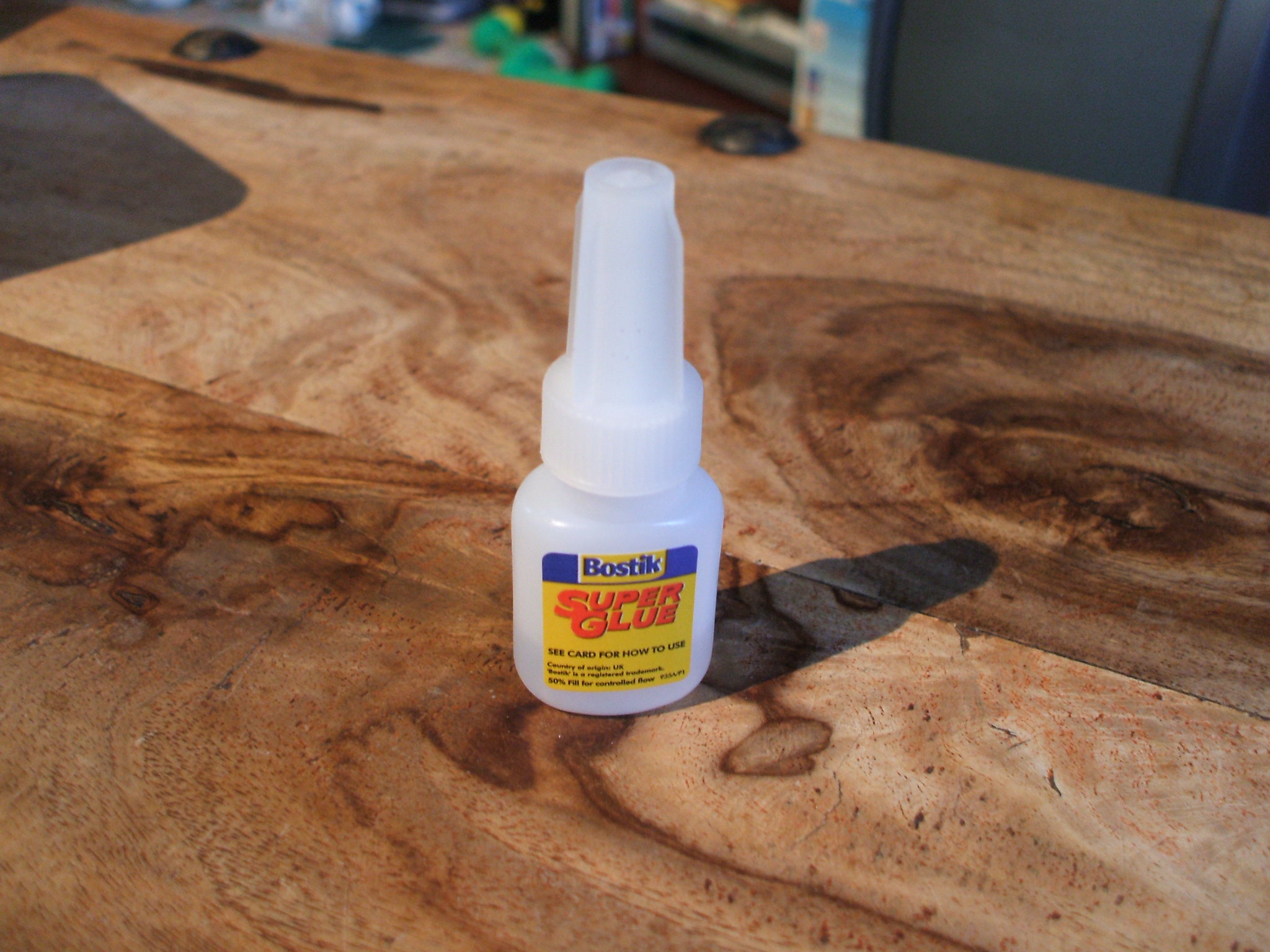
Super Glue, or cyanoacrylate, was discovered by Dr. Harry Coover in 1942 while searching for a clear plastic for gun sights. He found a substance that stuck to everything, which was initially deemed too sticky for practical use. However, its potential as a strong adhesive was later recognized, leading to its commercial use. Super Glue is now indispensable in both household repairs and medical applications.
Slinky

The Slinky was invented by naval engineer Richard James in 1943 while working on tension springs for stabilizing ship instruments. He accidentally knocked one off a shelf and saw it “walk” down instead of falling. This led to the creation of the Slinky toy, which became a popular and enduring plaything. It entertains children and demonstrates basic principles of physics.
Stainless Steel

Stainless steel was discovered by Harry Brearley in 1913 while he was experimenting with steel alloys for gun barrels. He found that adding chromium to steel made it resistant to rust. This innovation transformed industries by providing a durable, corrosion-resistant material for countless applications. Stainless steel is now used in everything from kitchenware to construction.
Chocolate Chip Cookies

Chocolate chip cookies were invented by Ruth Wakefield in the 1930s when she ran out of baker’s chocolate for her cookies. She substituted broken pieces of Nestlé semi-sweet chocolate, expecting it to melt, but it retained its shape. This accidental creation led to the beloved chocolate chip cookie. It remains a favorite dessert and comfort food for many.
Coca-Cola

Coca-Cola was invented in 1886 by John Stith Pemberton, a pharmacist, while attempting to create a medicinal tonic. He accidentally mixed coca leaf extract with carbonated water, creating a refreshing beverage. This unexpected result led to the creation of one of the world’s most popular soft drinks. Coca-Cola has since become a global brand and cultural icon.
Viagra

Viagra was initially developed in the 1990s by Pfizer as a treatment for angina, a heart condition. During clinical trials, researchers noticed it had a significant side effect: improved erectile function. This unexpected discovery led to its repurposing as a treatment for erectile dysfunction. Viagra has since helped millions of men worldwide and became a major pharmaceutical success.
Popsicles

Popsicles were invented in 1905 by 11-year-old Frank Epperson, who accidentally left a mixture of powdered soda and water with a stick in it outside on a cold night. He found it frozen the next morning, creating the first Popsicle. This happy accident led to the creation of a beloved frozen treat enjoyed by millions. Popsicles are now a popular and refreshing snack during hot weather.
This article originally appeared on UnifyCosmos.
More from UnifyCosmos
20 Incredible Facts About the Engineering of the Panama Canal

The canal’s construction faced enormous challenges, but its success reshaped international shipping routes. Read more!
Top 15 Budgeting Apps for All Types of Spenders (Mostly Free!)

With the right budgeting app, you can keep track of every dollar. There are plenty of great options, many of which are free. Read more!
15 Hidden Secrets of the Construction of Machu Picchu

These hidden secrets of its construction continue to intrigue and amaze those who study this wonder of the world. Read more!
Leave a Reply